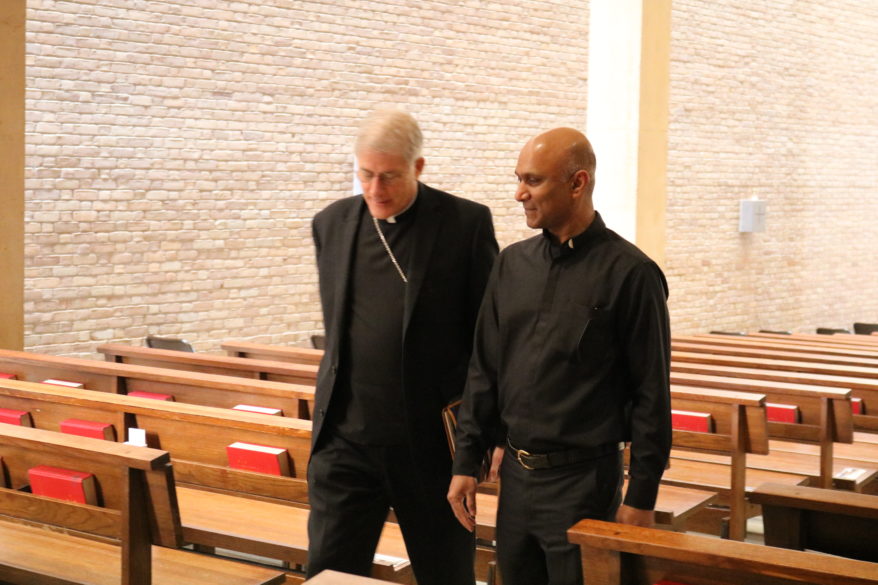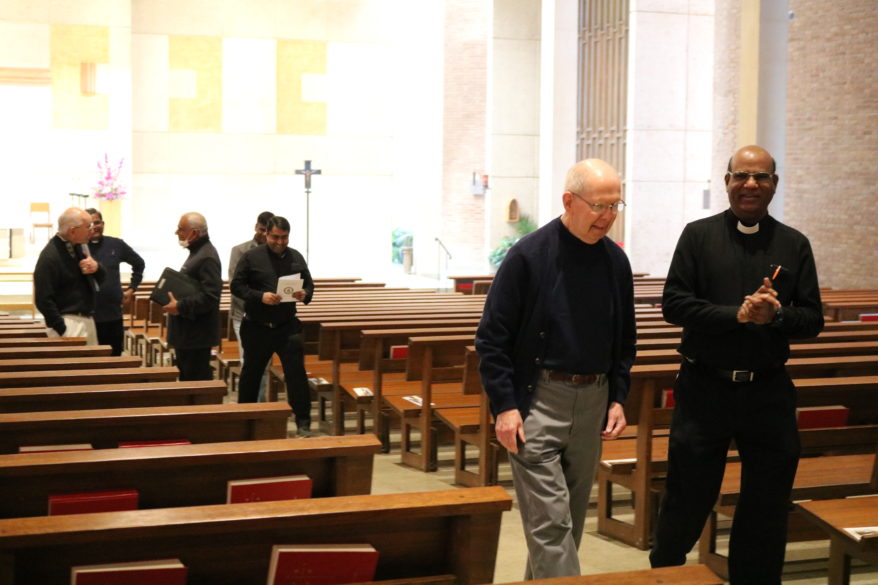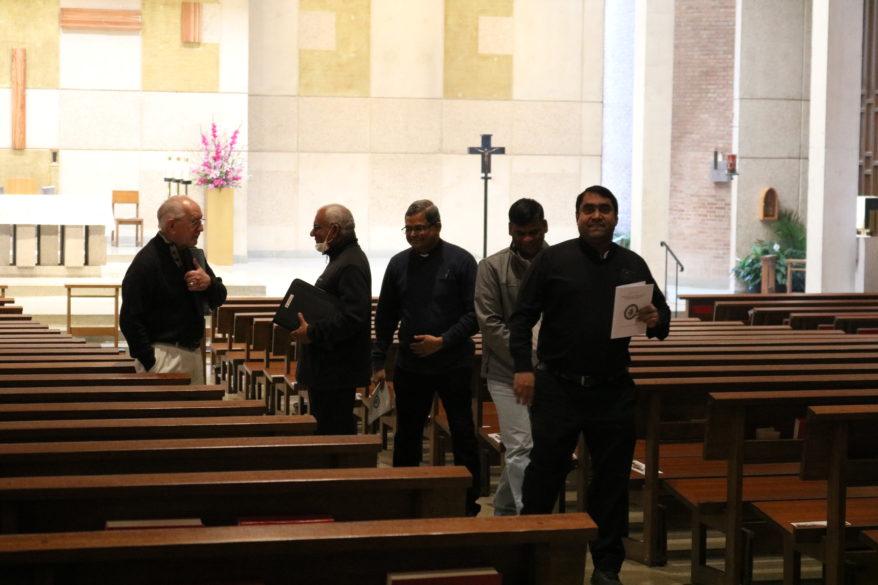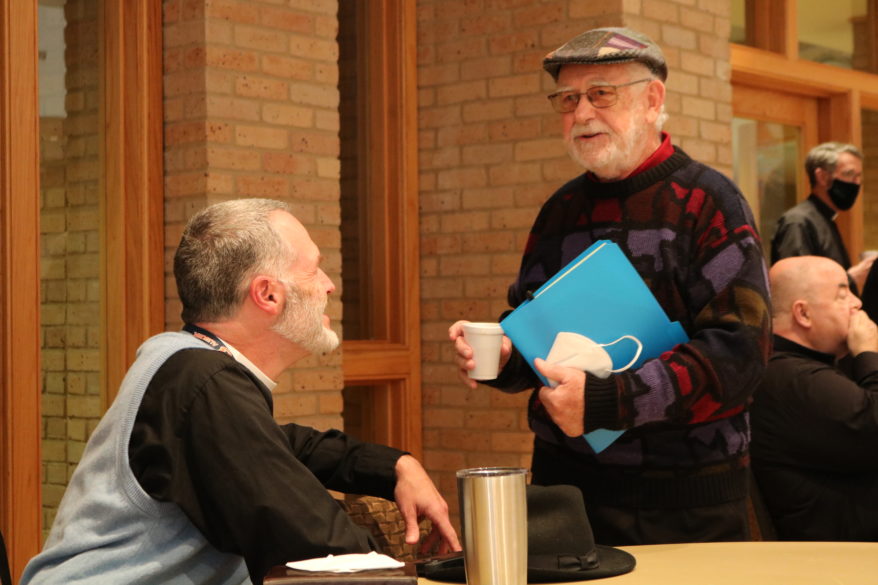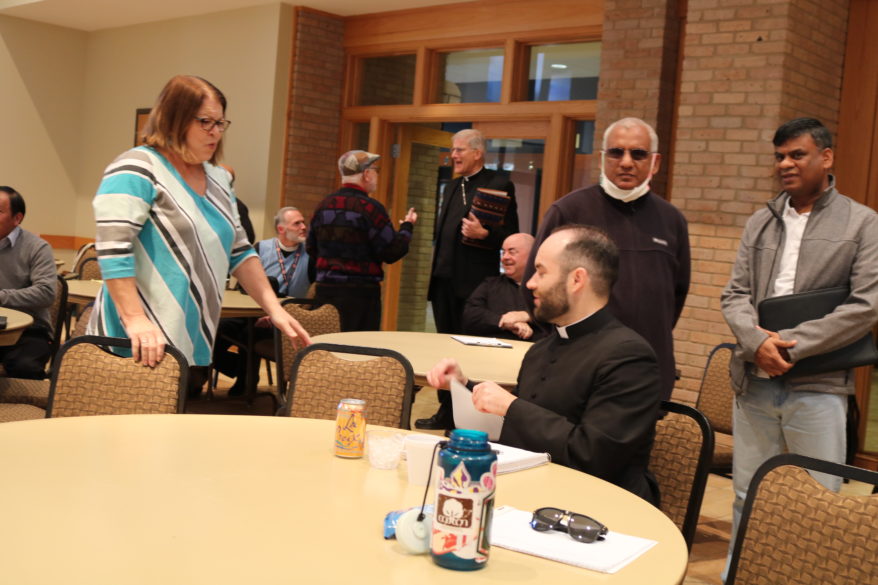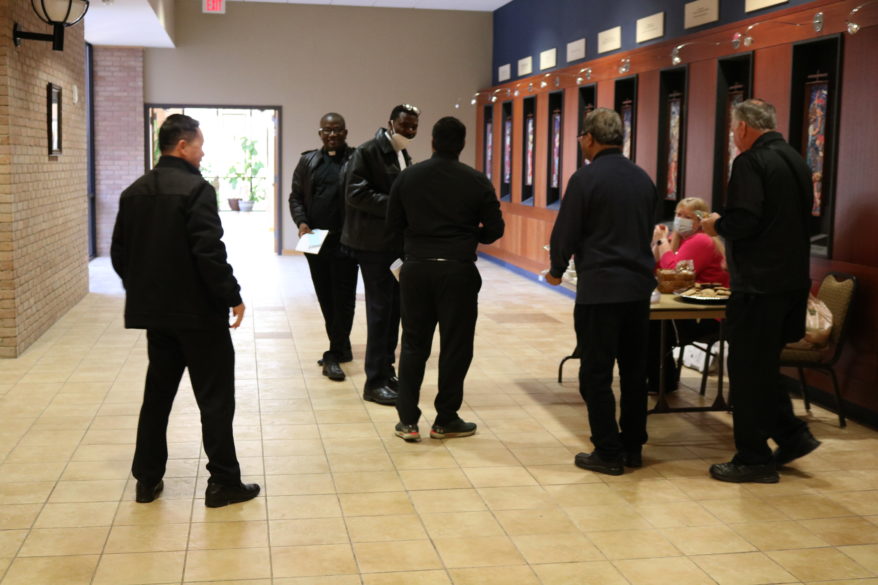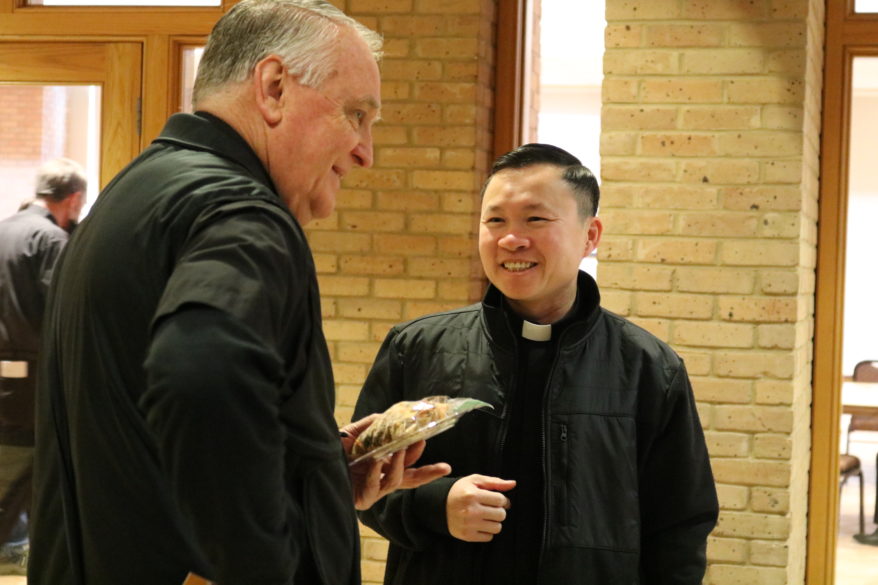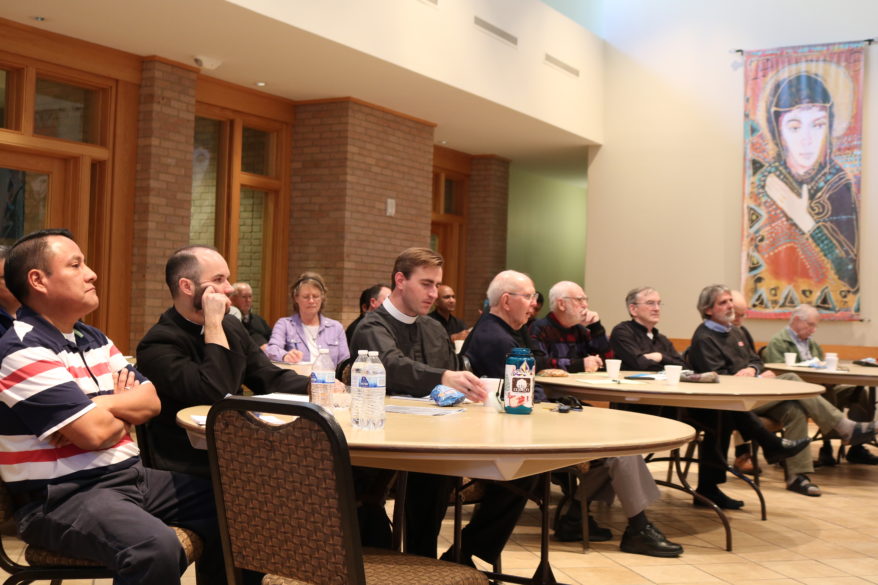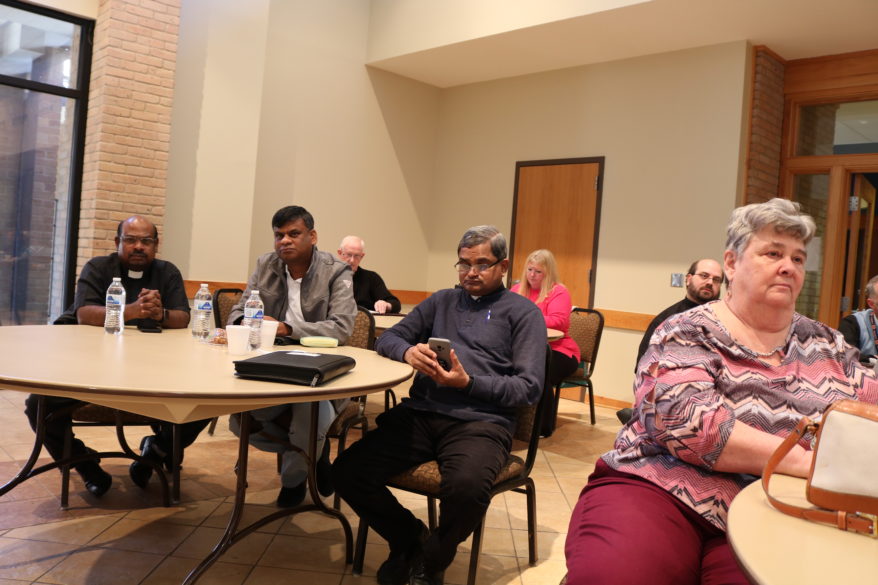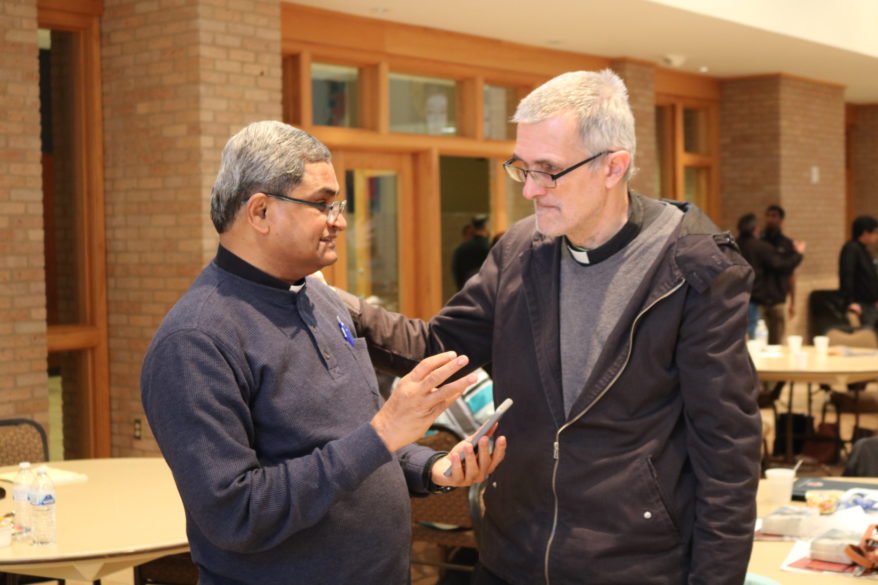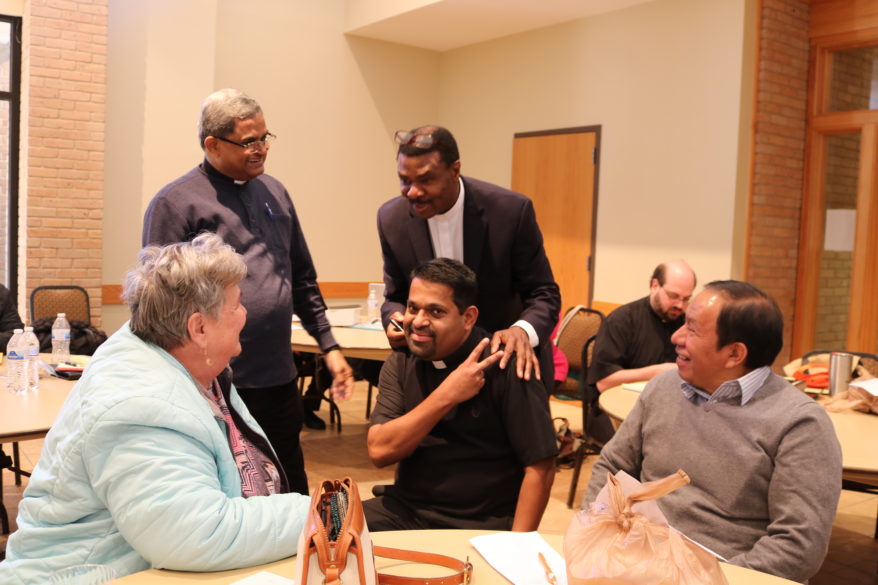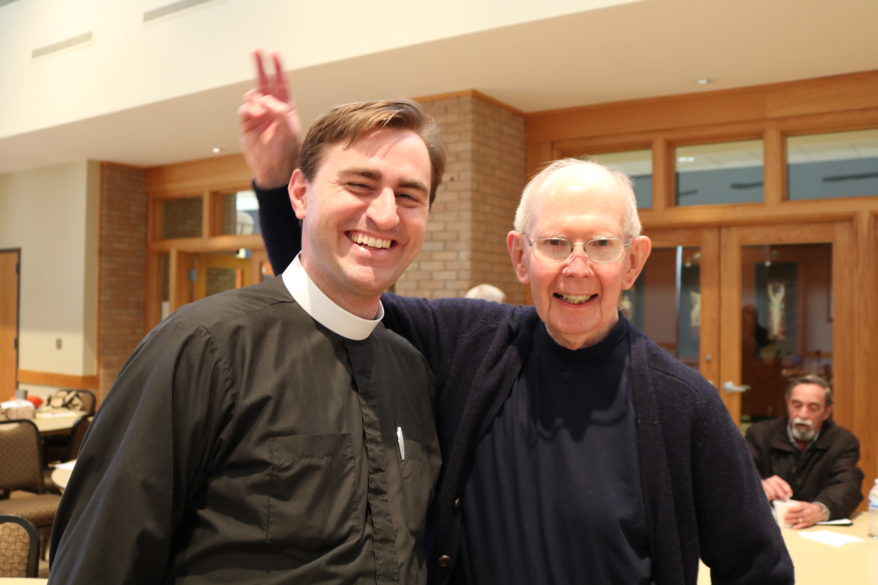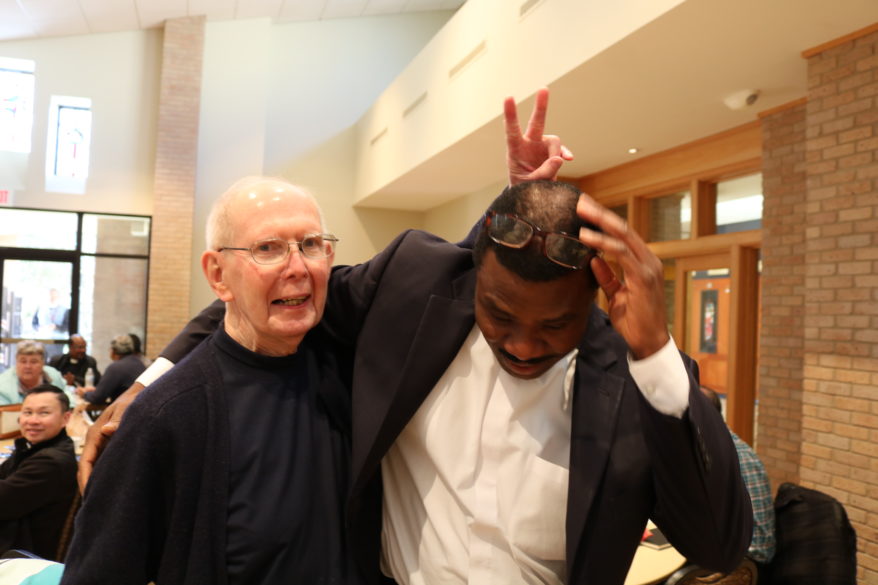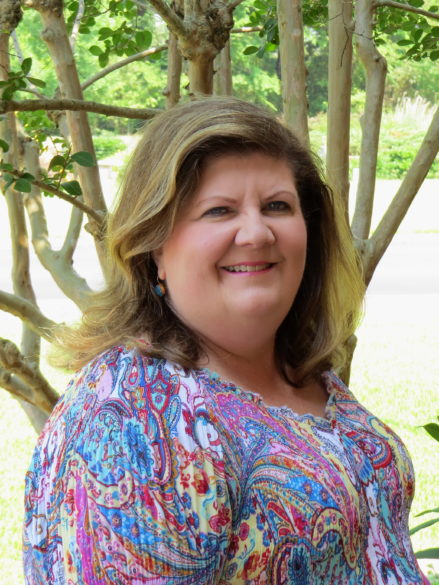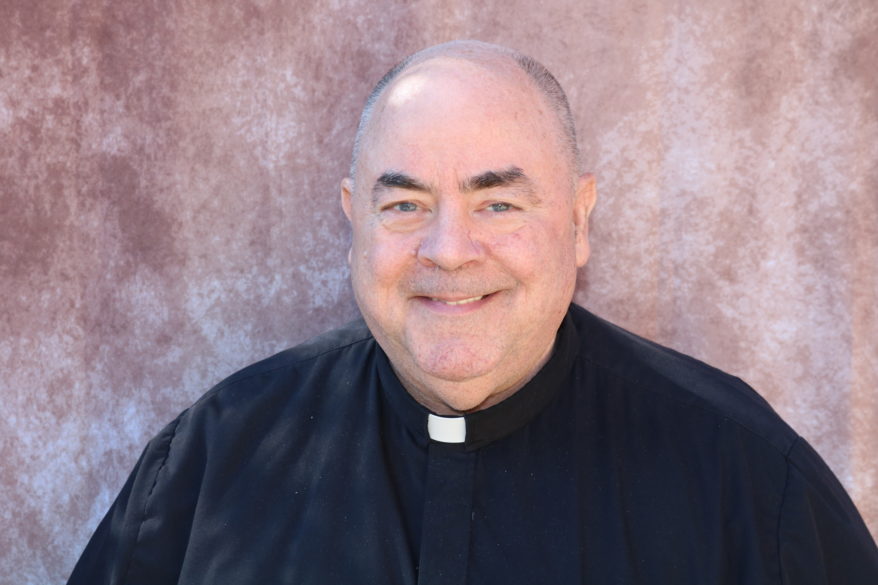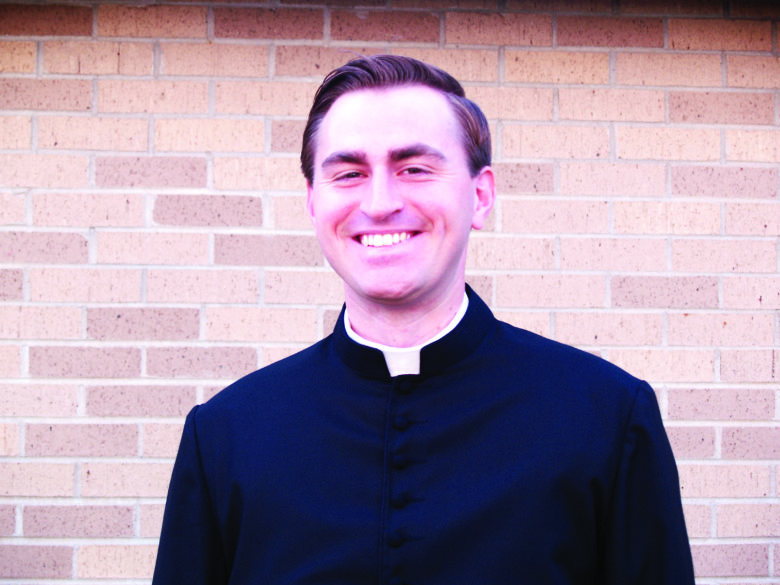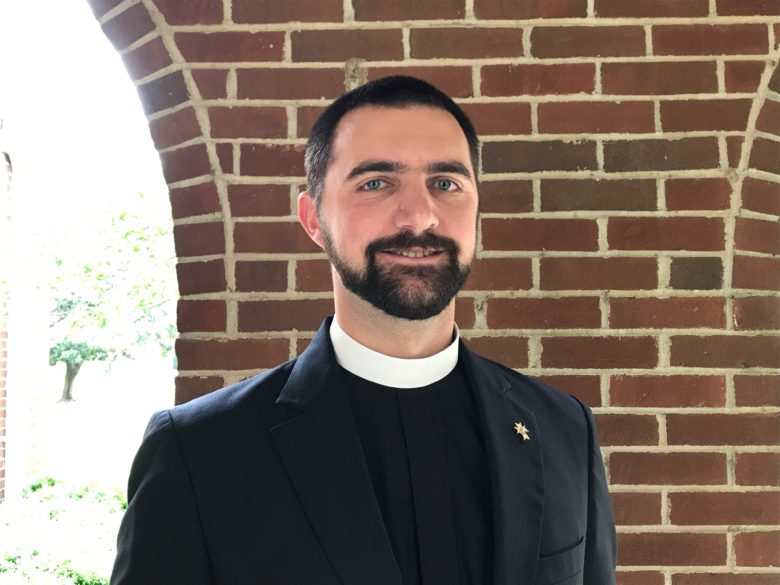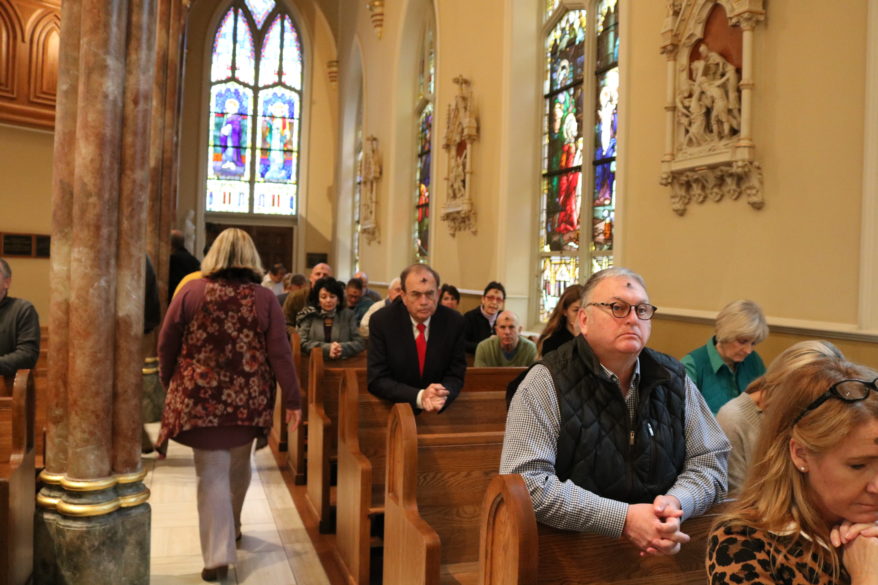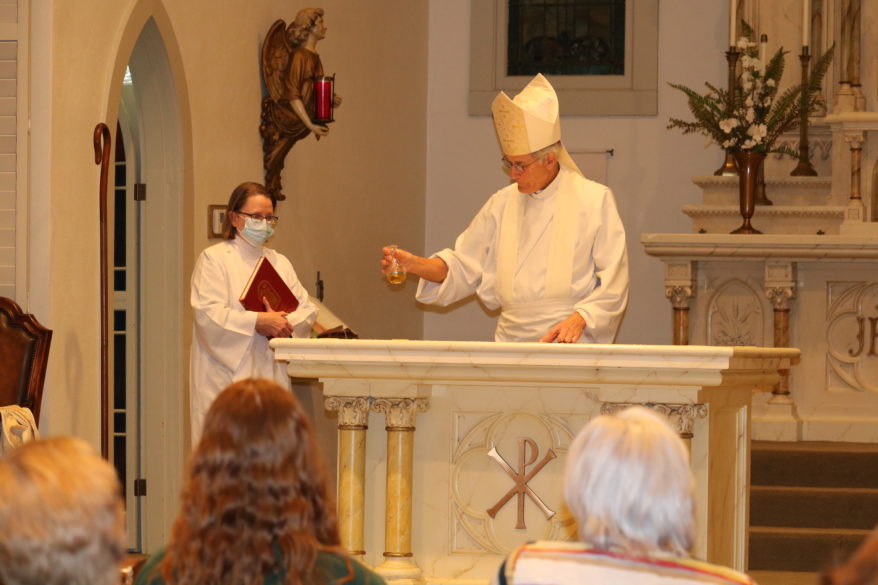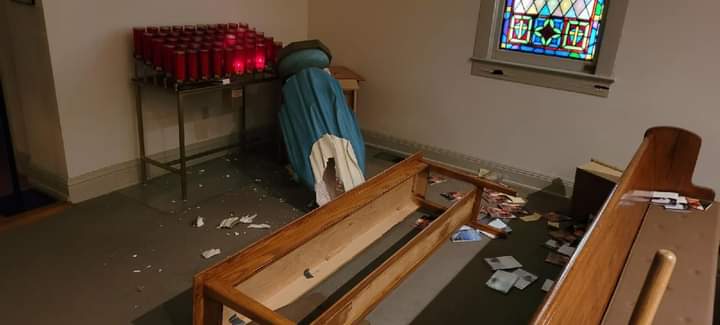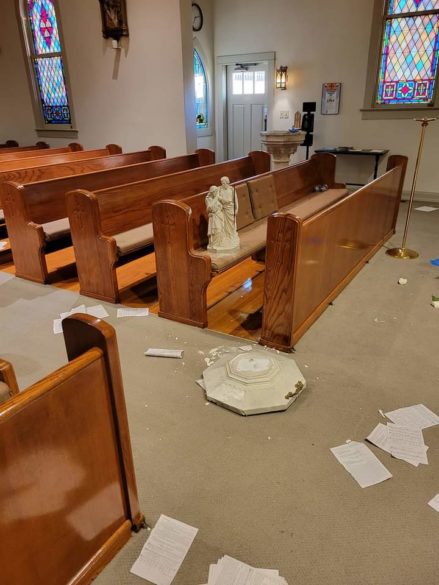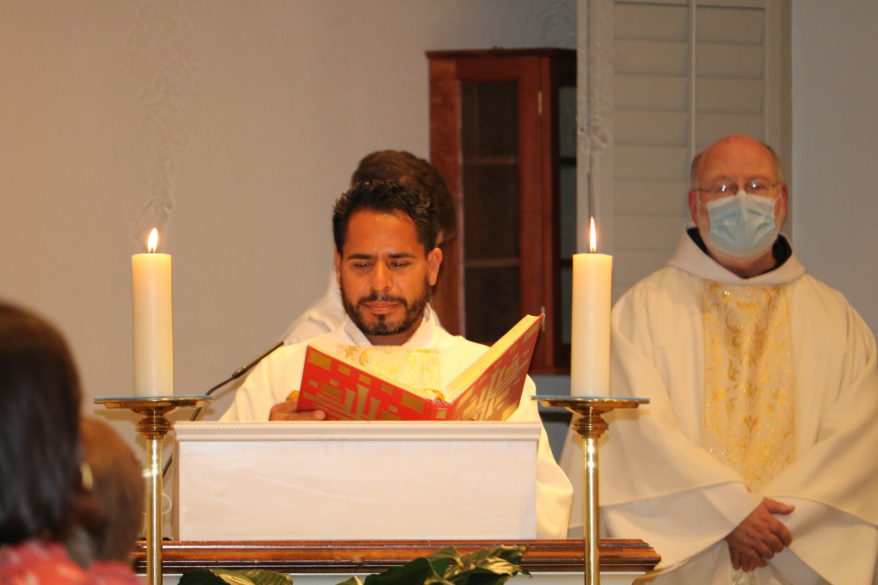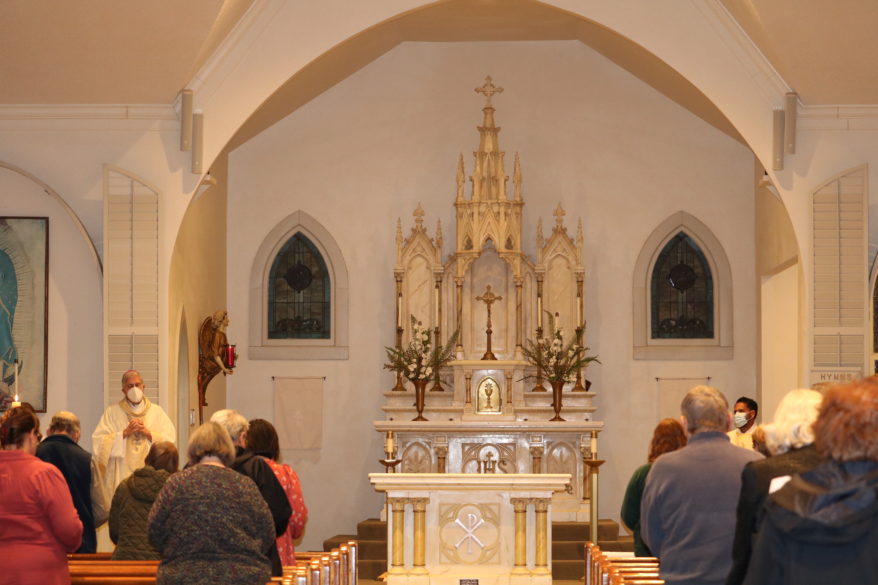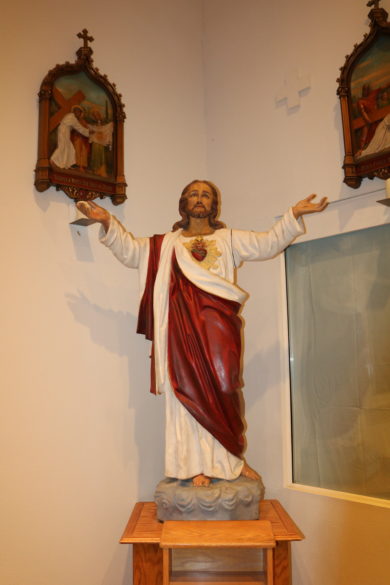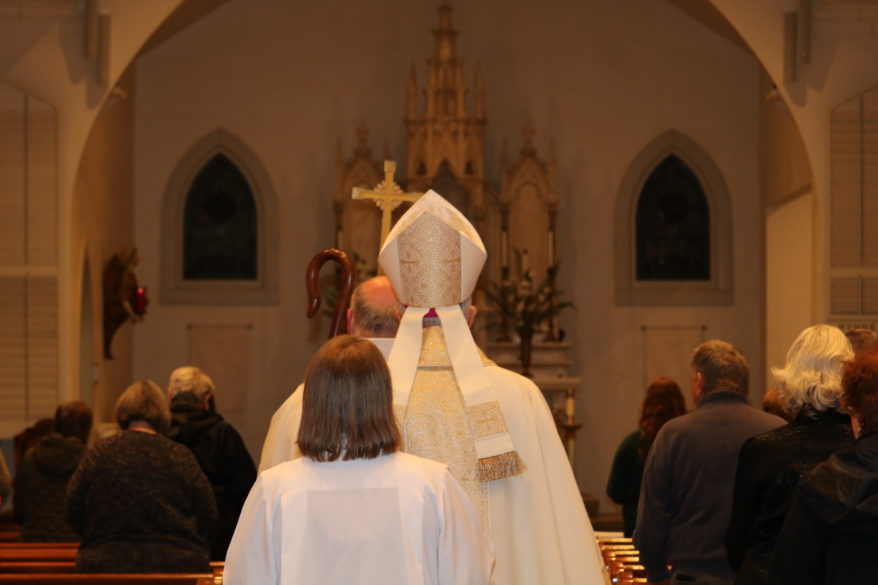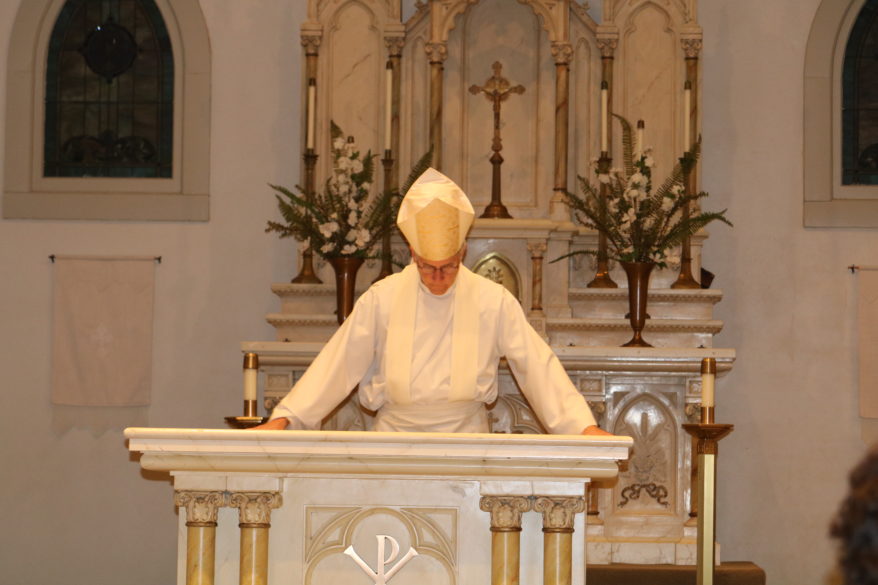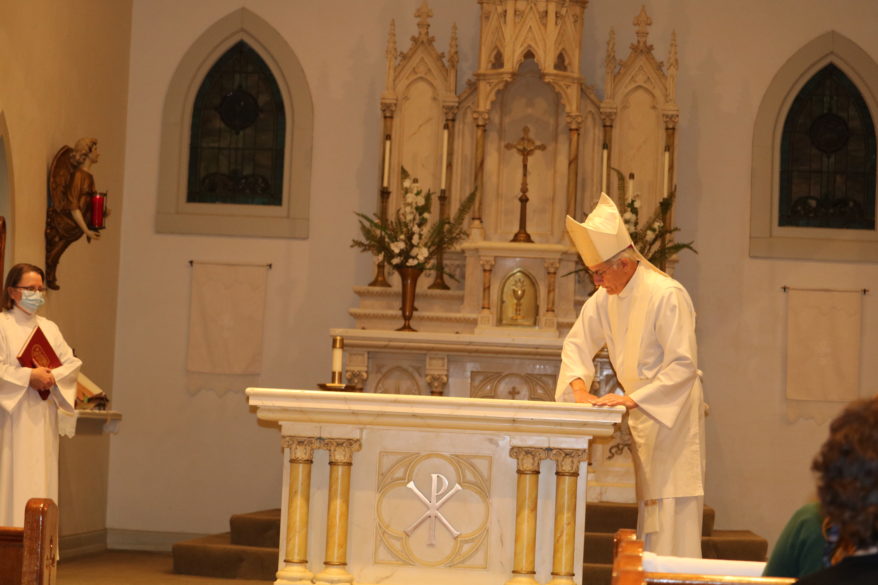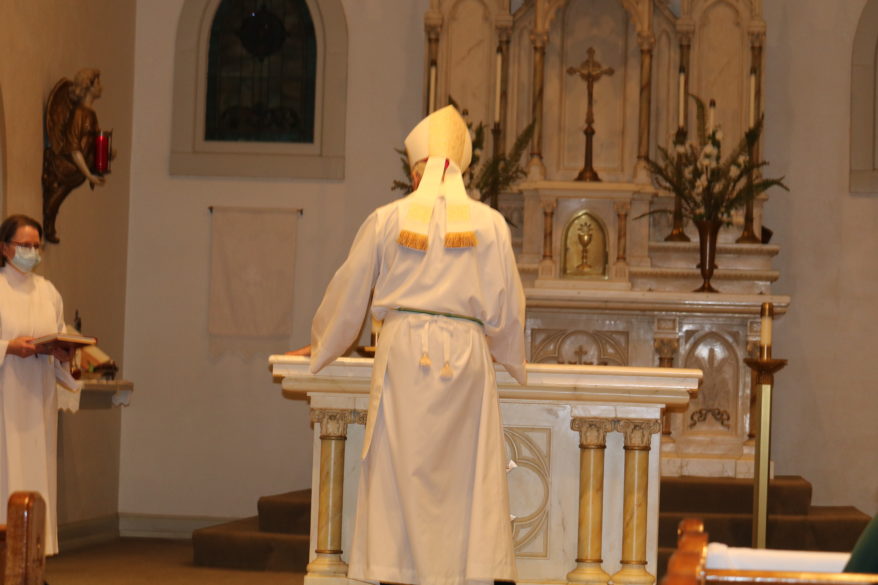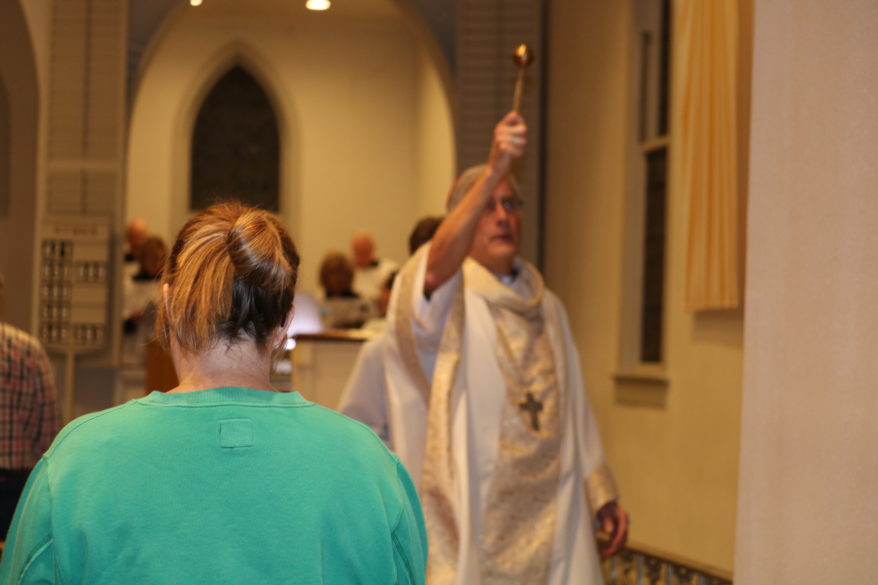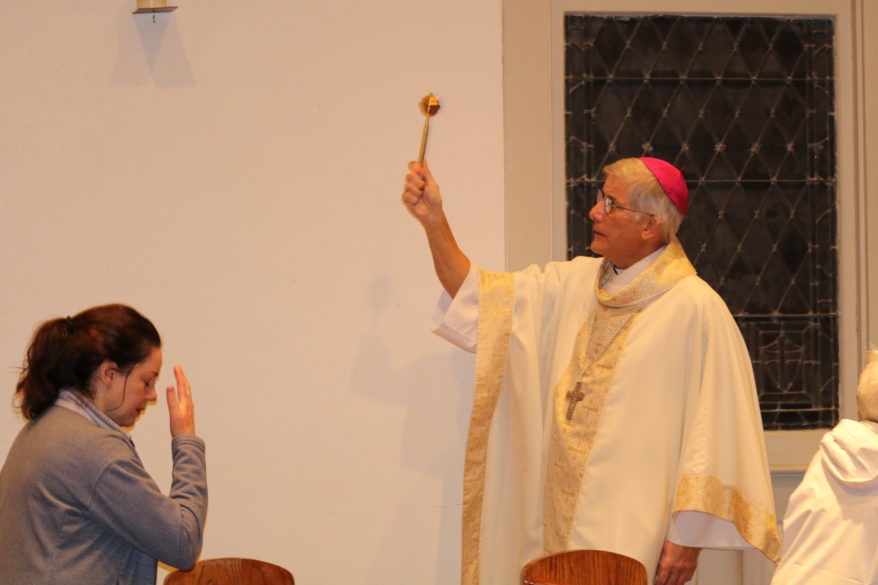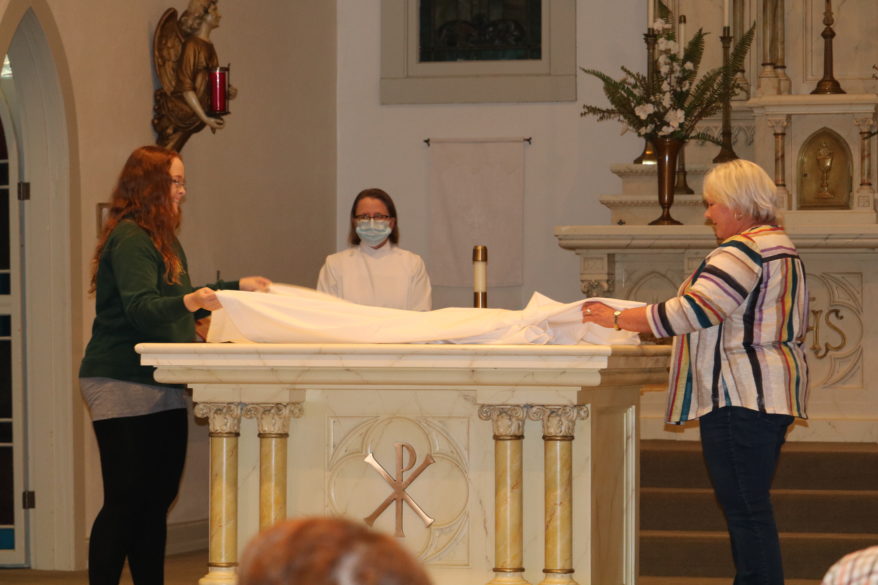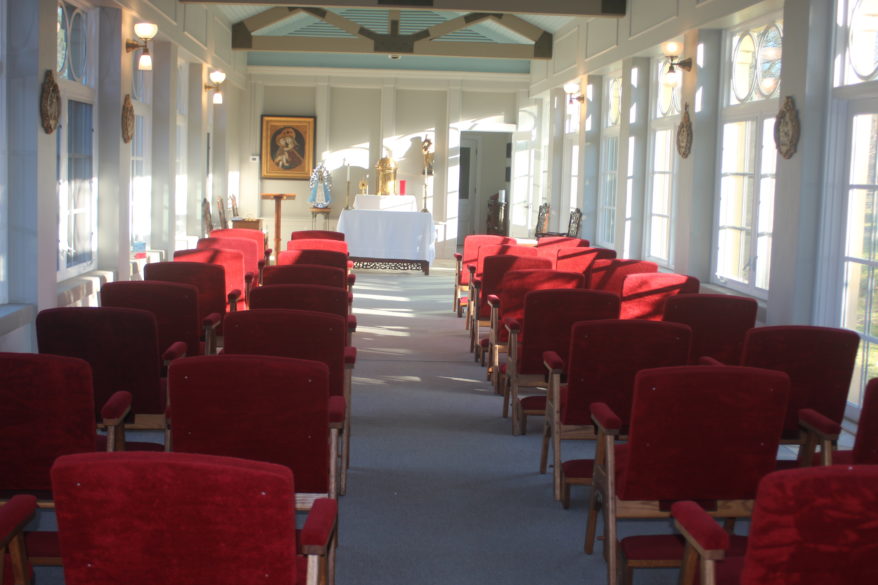By Joanna Puddister King
JACKSON – Even coming from the far corners of the diocese, priests, deacons and ecclesial ministers (and lay), gathered for a continuing formation workshop entitled “The Eucharist: Building Ecclesial Communion in a Polarized Church and Society” at St. Richard parish in Jackson on Feb. 15-16.
The convocation, led by Father Jim Wehner, rector/president of Notre Dame Seminary in New Orleans, reflected on the need to create and sustain ecclesial communion with the Diocese of Jackson, recognizing the challenges to communion seen in the universal church, as well as in the U.S., the political and civic tensions in society and pastoral challenges in the diocesan church.
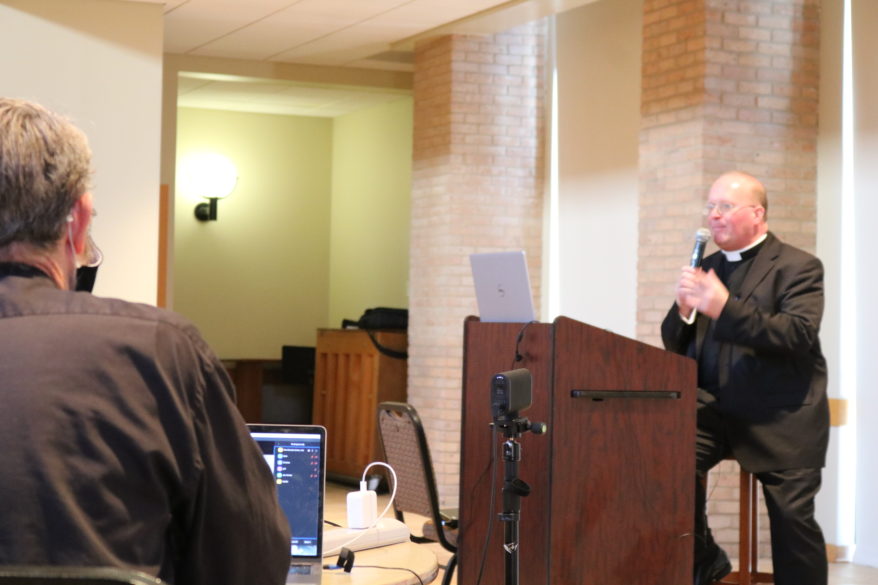
Using biblical, ecclesial, theological and pastoral insights, Father Wehner led those present (in-person and virtual) to reflect on their common love for the church, as each uniquely lives out their calling to build up the Kingdom of God in the Diocese of Jackson.
“God plays the long game,” says Father Wehner. “The question is … can we be faithful to that long game.
Father Wehner also spoke on the three goals of new evangelization – the call to holiness, creating communion and manifesting the kingdom – and how it includes lay people, as it is our mission to act in unity as a church.
He says that every person in our community has been called by God. “Every single person is called by name … has been blessed by God with charisms and gifts,” says Wehner. “There is a pastoral calling for all of us.”
Synodality was also a theme that weaved through out the two-day gathering. Communion, participation and mission were mentioned often amid the synod listening session happening across the diocese, as Pope Francis invites all to dialogue about the future of the church.
Father Wehner asked participants “how do we create a space for dialogue,” especially for those who are disaffiliated with the church. He believes that as Christians, we need to light up the darkness.
“You can’t light up the darkness, if you are not in the dark,” says Wehner.
He pointed out that Pope Francis’ first encyclical, Lumen fidei explores the light and said that as Christians “we need to know how to find the darkness in other people because in that darkness, we can light things up.”
As for some of the ‘darkness’ or polorization in society, some of the answers from the crowd gathered were: politics, economics, immigration, the politicization of truth and science and the ‘re-writing’ of history from varying viewpoints, among others. Most felt that these topics have crept into the church.
Father Wehner asked how to ‘we’ respond as a church and not be political – the answer lies in the Mass and the Eucharist.
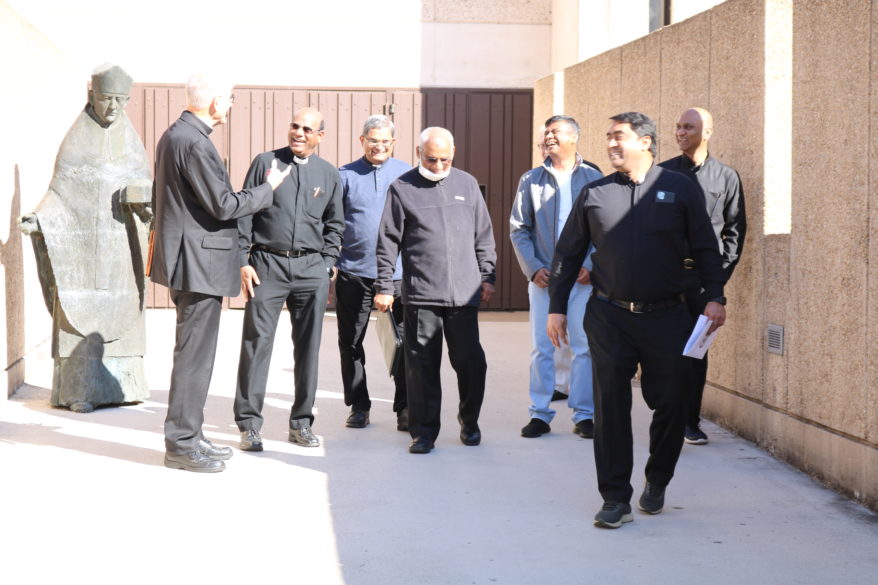
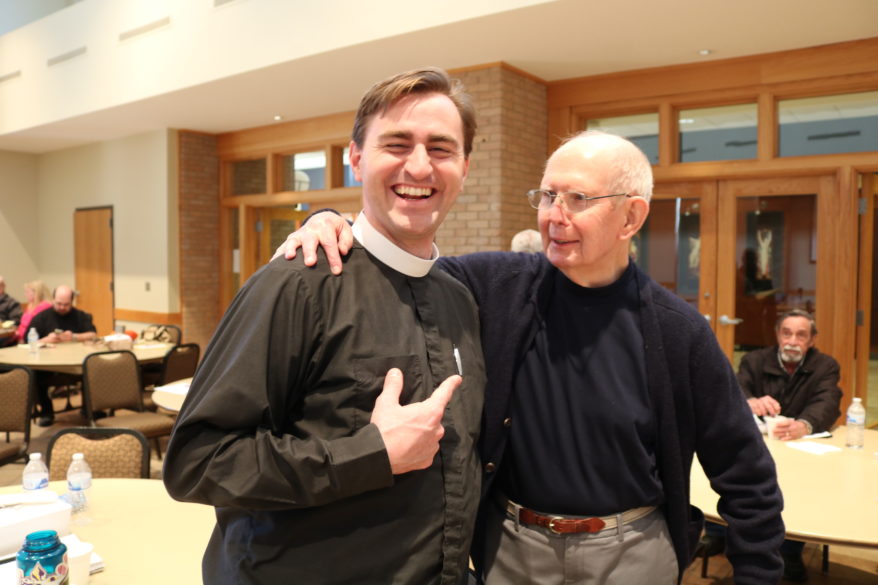
“If there is going to be any pastoral renewal of the church – its got to begin with the Eucharist,” said Father Wehner.
Jim Tomek, lay ecclesial minister for Sacred Heart Rosedale, who was present via zoom agreed. In his summary of events, he wrote that “The Eucharist is the sacrament of unity where we can partake in the discussion. We take the bread – taking Jesus as our friend and model.”
Father Wehner’s passion for ministry through the event was evident.
“That’s what gets me up in the morning. The love of Christ urges me on. Why? It is no longer I who live. It is Christ who lives in me.”
(Editor’s note: Columnist and lay ecclesial minister of Sacred Heart Rosedale, Jim Tomek explores each section of Father Wehner’s workshop in depth.: https://www.mississippicatholic.com/2022/02/25/the-eucharist-a-workshop-for-building-ecclesial-unity-in-a-polarized-world/)
